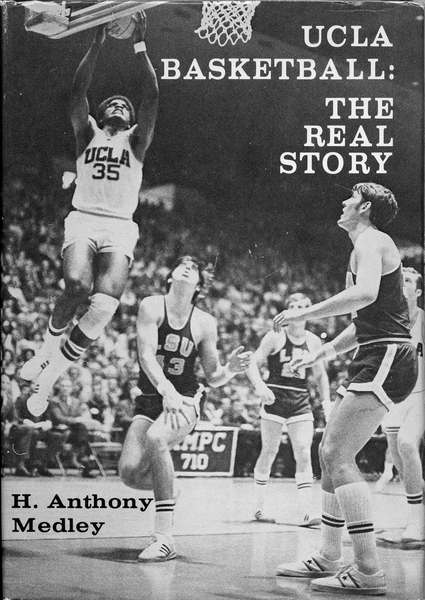|
Out of print for more than 30 years, now available for the first time as an eBook, this is the controversial story of John Wooden's first 25 years and first 8 NCAA Championships as UCLA Head Basketball Coach. Notre Dame Coach Digger Phelps said, "I used this book as an inspiration for the biggest win of my career when we ended UCLA's all-time 88-game winning streak in 1974." Compiled with more than 40 hours of interviews with Coach Wooden, learn about the man behind the coach. Click the Book to read the players telling their stories in their own words. This is the book that UCLA Athletic Director J.D. Morgan tried to ban. Click the book to read the first chapter and for ordering information. |
|
P by Tony Medley Runtime 121 Minutes. I don’t like fantasies and they are
particularly inappropriate when presented as an historical story of
recent past. This is intended to be about Instead of telling a story straight up, Director-writer Christophe Barratier has created a fantasy section of Paris, The Faubourg, with a theater that is failing. His three main characters, Pigoil (Gérard Jugnot), a stagehand, Jacky (Kad Merad), a former sandwich man who has a delusion that he is a first-rate impressionist, and Milou (Clovis Cornillac), a virulent leftwinger who preys on women, band together to try to save it. Thrown into the mix is the neighborhood “godfather,” Galpiat (Bernard-Pierre Donnadieu), who is antagonistic, to say the least. This could have been interesting if it weren’t so uninvolving and if it were presented realistically. The problem for me is that it is sheer fantasy
and is filmed as such. There is no capturing the “ I was interested and enthusiastic about the concept. Then the movie started. The tracking shot over the set that opens the film told me that this was not going to be the movie I anticipated, and it went downhill from there.
|
